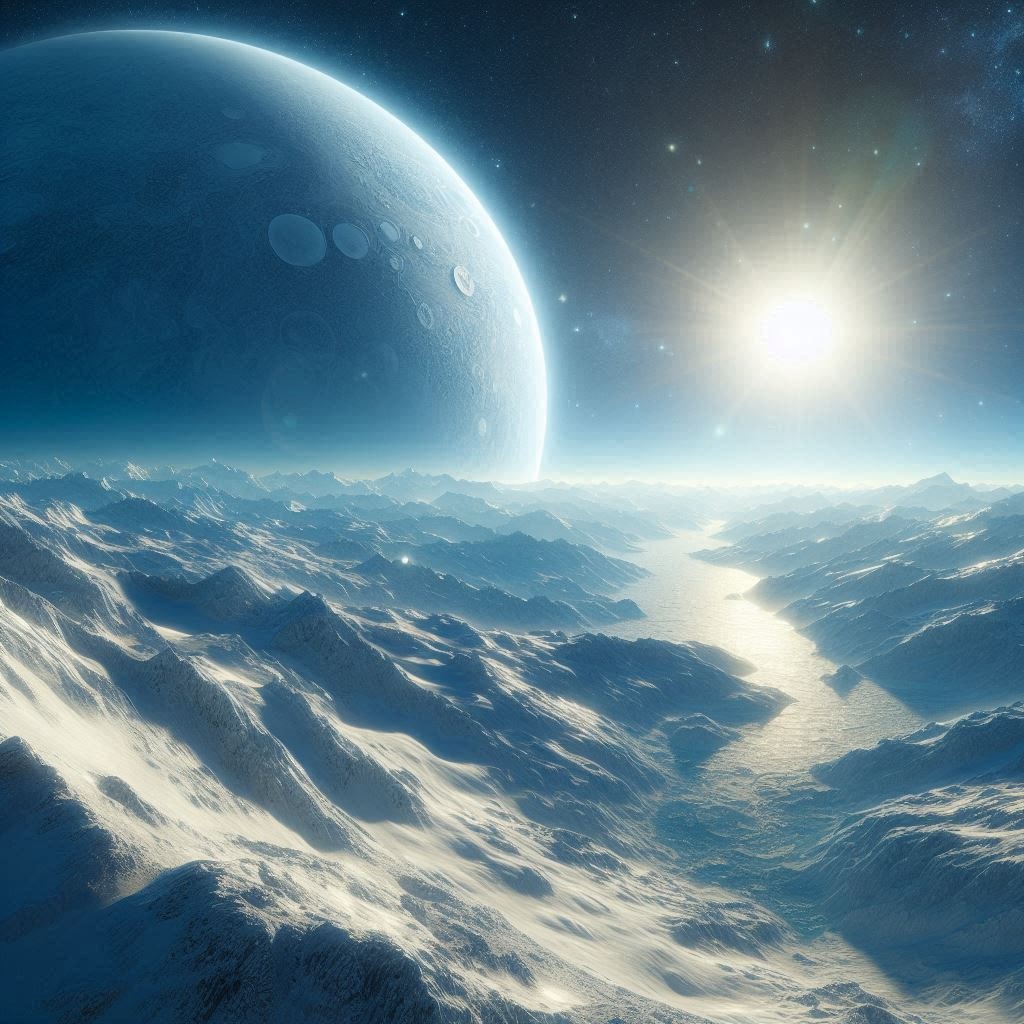
The latest observations from the James Webb Telescope have opened up a new scenario for the already known exoplanet Lhs 1140 b, one of the most promising in the habitable zone of its star, a low-mass red dwarf, about one-fifth the size of the Sun, potentially capable of hosting an atmosphere and even an ocean of liquid water. The results The findings of this discovery will soon be published in The Astrophysical Journal Letters by researchers at the University of Montreal in Canada.
Studies indicate that if it had an atmosphere similar to Earth's, Lhs 1140 b could be a “snowball” planet with a “bull's-eye” ocean about 4,000 kilometres in diameter, equivalent to half the surface area of the Atlantic Ocean. The surface temperature at the centre of this alien ocean could even reach 20 degrees Celsius.
The planet is rarely observable (about eight times a year), which makes it difficult to study in depth, but if the Canadian researchers' intuition is correct, you can be sure that we will be hearing more about Lhs 1140 b!